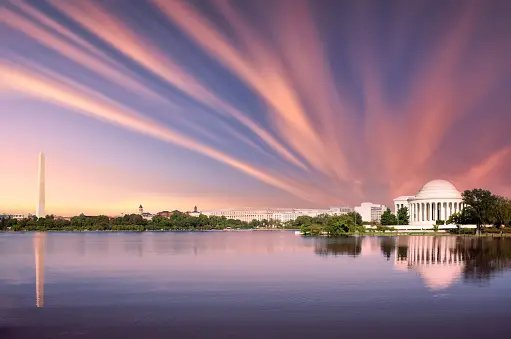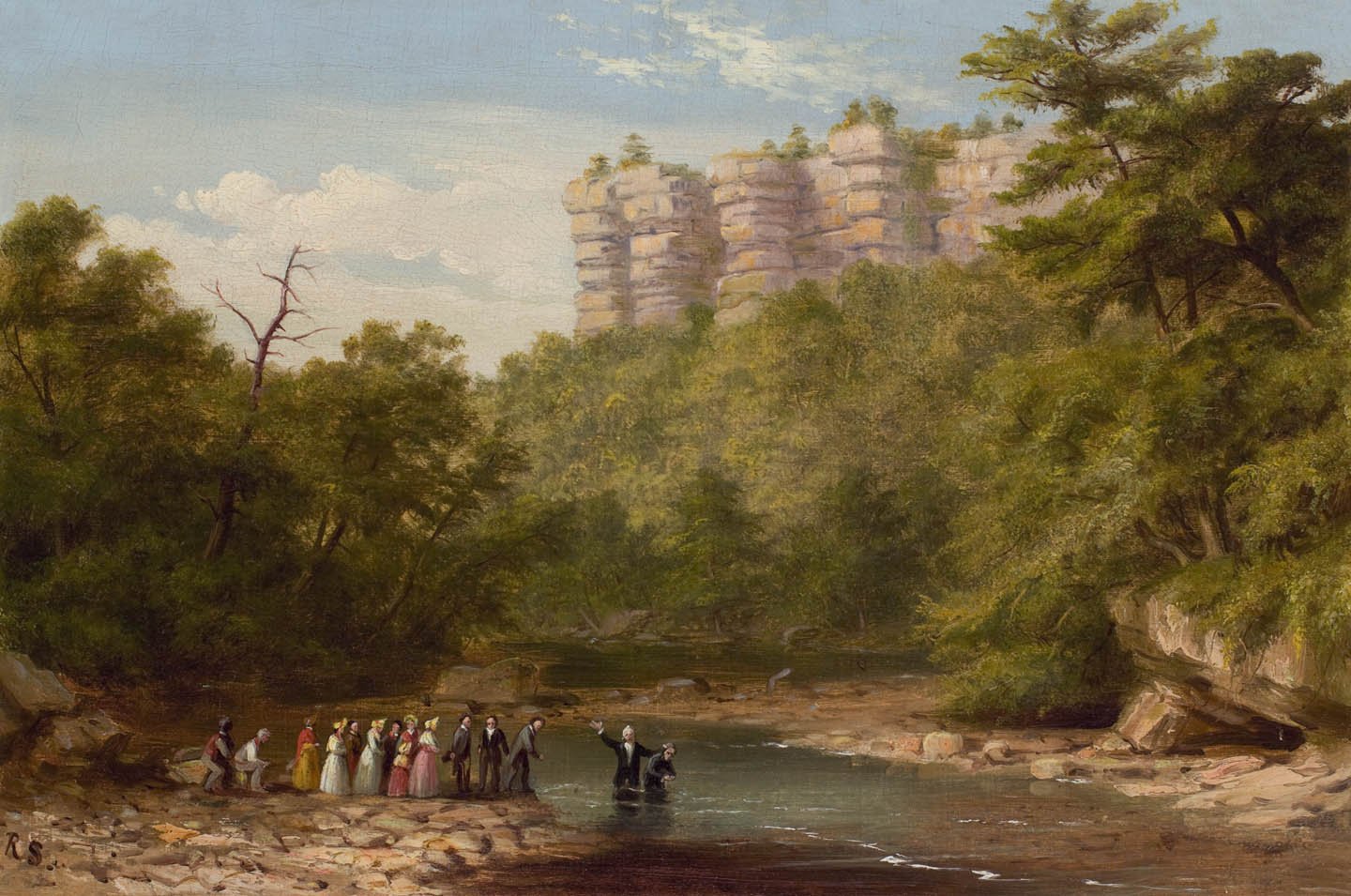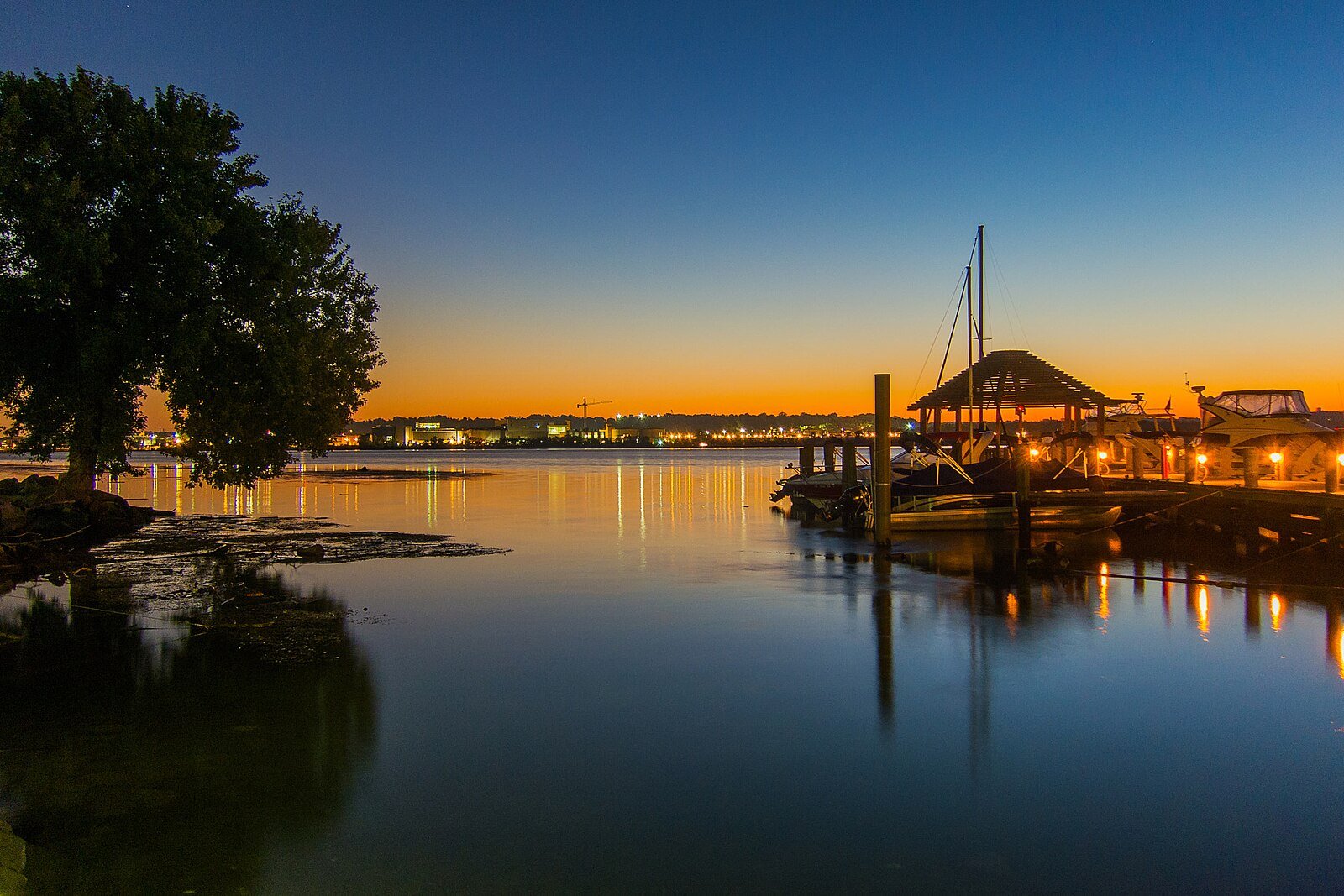A Pregnant 2024
Rev. Dr. Doris Garcia-Rivera on the crossing waters of death and life
Fireworks and champagne!
I received the 2024 new year on a boat over the Potomac River with my daughter and her boyfriend. For the first time in my life, we celebrated New Year’s Eve beyond the comfort of a home and extended family celebrations–but with lots and lots of fireworks! The rush of the moment merged with a past too close to let go yet too far to engage. When the fireworks started, we were exhilarated to see, with champagne in hand, the flowers, the squares, and the abstract forms of the dancing lights brightening the night sky. The “oohs and ahhs,” the laughter and screams of joy of the spectators surrounded us with warmth in the chilled night. And for those brief minutes, I shared with unknown companions a world that was good–really! I cried –I always do–with joy and gratitude for the moment, and for the gift of also being with people I love and who love me in return.
And yet… just when I was ready to rest my head on the pillow two hours later, a flood of images and memories came to my mind. Water, darkness, lights, migrants, war, etc. In seconds, too many images became entangled by a mind unable to let mi corazón enjoy the sobremesa of the fireworks over the river. In the wake of 2023, how can this bleeding heart freely enjoy the fullness of these lights and their promise? My spirit would not let my mind libre to start a year without committing to a life with justice. It took me a while to fall asleep. I was unwilling to face the light of the day, or maybe I was just tired of fighting.
A couple of days later, I started to make sense of the uneasiness I felt after meditating, reading the news, and seeing the January 4th “Photos of the day”: “Destruction in Gaza and floods in Europe” in The Guardian. The photograph by Reuters photographer José Luis González captured my heart and mind: Estephanía Méndez, a nine-month pregnant Mexican migrant, is assisted by a friend in crossing the Río Bravo river– seen from Ciudad Juárez, at the border between the United States and Mexico–with the intention of turning themselves in to US Border Patrol agents to seek asylum, 3 January 2024. This photograph embodies many of my January 2024 emotions.
This 2024 is pregnant with hopes and terrors.
Crossing the waters represents both life and death. For Estephanía, arriving in the United States and surrendering to the U.S. Border Patrol opens a future of both opportunity and dread. At nine months pregnant, she will give birth in the U.S., and her child will presumably have citizenship rights. However, crossing the waters into the U.S. also presents the risk of death and discrimination to Estephanía and her baby on too many fronts. Just like Mary moving to Egypt in Matthew’s infancy narrative of Jesus, a difficult journey is just starting for this young lady and her baby. (And for some of us, the journey continues!)
In terms of health, Estephanía might not know that “the U.S. has a much higher maternal mortality rate than most other high-income countries,” impacting especially women of color. Socially, the increased perception of immigrants as people who poison ‘the blood’ of or endanger the wellbeing of traditional White Christian Americans will make the life of Latinx and other immigrants harder. Politically, there is the fight for power that includes a petition to reinstall former president Trump’s immigration policies, which, in 2018, cruelly separated over five thousand children from their parents. This woman doesn't know that she has become a political pawn (haven’t we all?) amidst the pervasive battles for power between the political parties. Furthermore, the movement of right-wing activists–who are capitalizing on a combination of “conservative social grievances” to assault and dismantle education and critical thinking, and to annihilate ‘others’ histories and rights under a not too far-fetched possibility of a dictator–block the roads to grow in knowledge and to live in freedom with dignity for those of us who happen to be ‘del color de la tierra’ or people of color (POC).
‘Water’ is a common biblical theme that filled the imaginations and experiences of the writers who engraved the word with both opportunities and dangers. Pernicious and life-giving, biblical waters represent spaces of conflicts and hopes, of divine punishment and salvation, of crossings, partings and encounters. In Genesis, as in our past earth history, life can’t start on land until the waters become demarcated and controlled. Later, we read how the uncontrolled rain and flooding destroy life on earth in a massive extinction event. In Exodus, the groups escaping oppression from Egypt cross the sea to their liberation. In Jeremiah, the ‘waters’ of the Nile and Euphrates rivers become symbols for those turning away from God, while the Samaritan story portrays water as a symbol for salvation and eternal life. Jesus, in the gospel of Mark, crosses “to the other side,” and encounters ‘one who is different,’ inhuman, oppressed, in pain, yet worthy of compassion and grace. A mythical river in Revelations flows with magic powers to heal and give life, coalescing our human yearning for abundant eternal life and bountiful earth. Christians are baptized with or in water as a symbol of purification or cleansing from sin (depending on the denomination) for admission to the faith. Water connects our past, present, and future.
These biblical images engage our present eco-management of waterbodies. Waters we pollute and waters we purify. Waters we cross and waters we cage. Waters that enwomb us and waters that drive us away. Endangering and satiating waters.
Life and death become entangled in the pregnant waters of 2024. The recent years have been chaotic for many of us. Beyond the pandemic, thousands of people will continue to face–or face anew–the turbulent seas of war, hunger, dictatorship, human trafficking, unemployment, addiction, sickness, and discrimination.
Ahhh…but in this fluid cadence of life and death, there is always a respiro.
As I foresee the challenges of this time for me, for the people I serve, and for us as a comunidad seeking a better future, the life-breathing image of the Spirit soaring over the watery abyss always brings respite to my heart. Like Estephanía crossing the river, pregnant with hopes amidst the raging waters, La Esperanza of a better future is still alive and well despite the challenges ahead. For, you see, we don’t cross the chaotic waters alone–there is another person accompanying this young lady in the photograph. The other woman’s arms are immersed under the waters to surround and support the expectant mother’s belly, tenderly and protectively, shielding her/their future, preserving her/their dreams that come with this yet-to-be-born baby. I couldn’t unsee the women’s strong will and aim to reach the border. La Esperanza, like the Spirit, like the waters, is a fluid force that brings us together en conjunto. With fluid edges, it extends to the margins where isolation, loneliness, injustice, and oppression stand, opening spaces for us to plunge into and cross over, carving the path to the future we dream, to build an image of peace and justice that we just can’t let go.
While still fully aware of the hazards the future brings, I welcome this pregnant 2024 en comunidad, en Esperanza, en inteligencia, anhelos y afectos de cuerpos que sujetan nuestros vientres preñados de sueños. With such hands, nonprofits continue their life-giving, rights advocacy, community organizing, and protective work, advancing justice. With such hands, religious institutions wade the uncertainties of a faith, giving birth to new and better ways of being, serving, thinking, teaching, and acting. With such hands, theological schools continue to reinvent themselves as spaces for inquiry, faith growth, critical thinking, and transformational praxis. With such hands, people continue to challenge hegemonic systems, creating an inclusive world donde quepamos todes. With such hands, in bonds of true friendship, we are lifted up from the waters that are currently drowning our lives.
Come what may! Fiercely now, I eagerly and willingly plunge into the concealed waters of a future yet to unfold, yet to be written, yet to be born, for I am not alone! I realized that life is at stake for those unwilling to yield to the powers that be, and we are still the ones called to become arms and hands under the waters.
As I finish this reflection, close the laptop, and go to sleep, I hear mi abuela’s adage (written here less profanely than how she truly said it!): Mi’ja, hay que tirarse de pecho aunque se salga amagulla’o. ¡Venga lo que venga!





